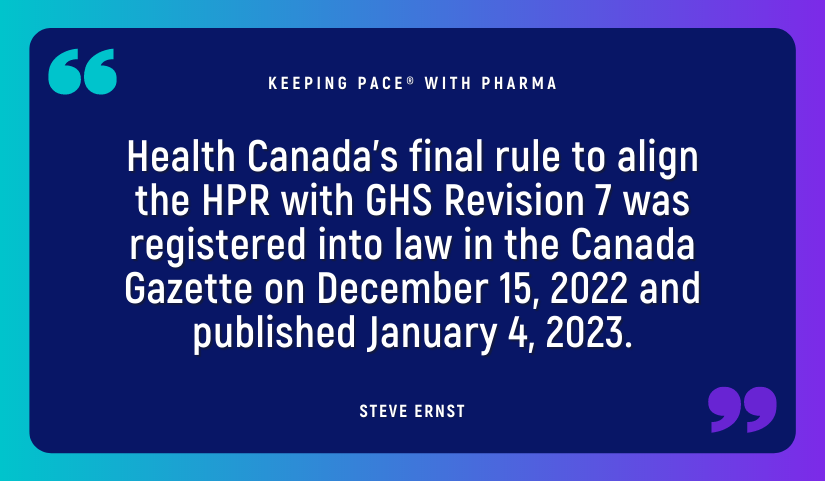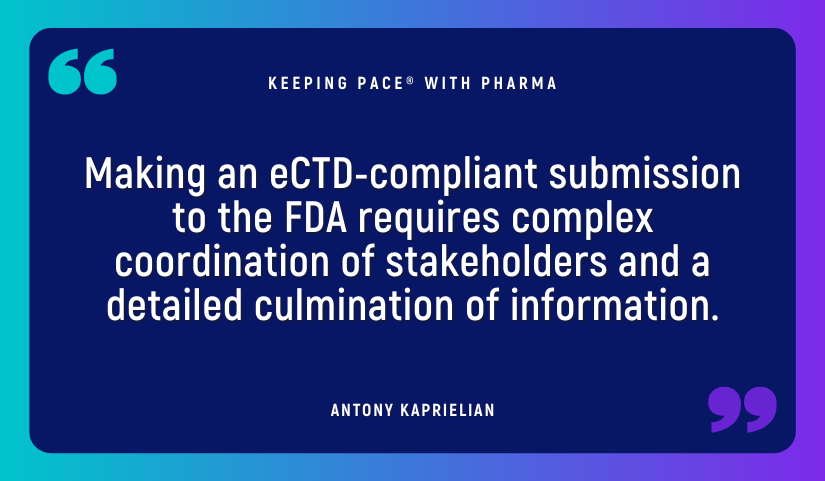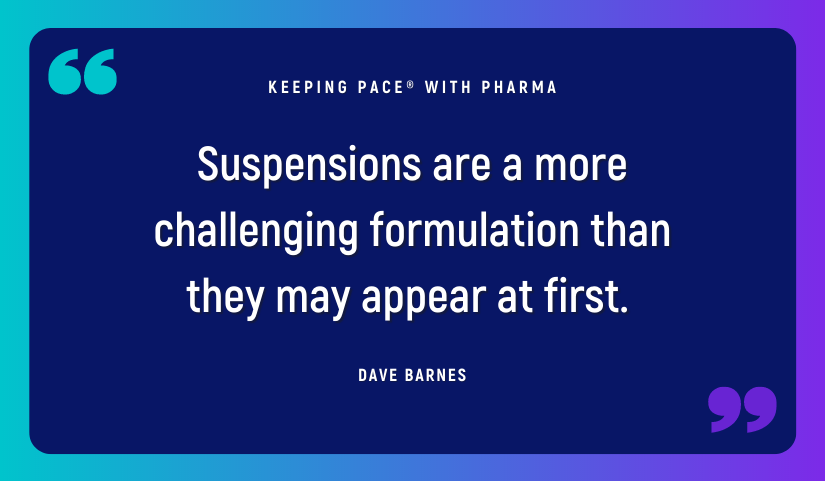OSHA Proposed HazCom Implementation of GHS Revision 7
The Origin of the OSHA HazCom Standard The U.S. Occupational Safety and Health Administration Hazard Communication Standard (OSHA HCS or HazCom Standard) was first adopted in 1983. The HCS requires chemical manufacturers and importers to provide information about the identities and hazards of the substances and mixtures they produce and distribute, and to communicate that […]
OSHA Proposed HazCom Implementation of GHS Revision 7 Read More »





